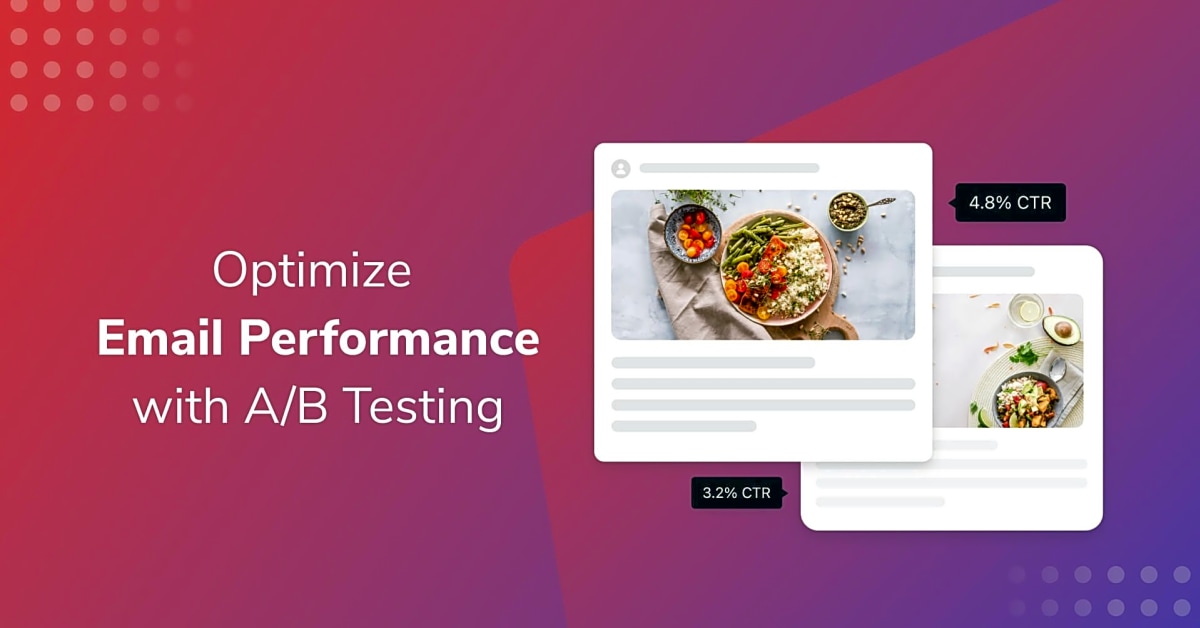In today’s digital world, having a fast and well-performing website is crucial for businesses to succeed. With the increasing competition and user expectations, it is no longer enough to just have a visually appealing website. The speed and performance of a website are now major factors in determining its success. This is where the concept of optimizing website speed and performance comes into play. It involves identifying and addressing any issues that may be affecting the loading time and overall functionality of a website, in order to provide a seamless user experience. In this article, we will delve into the importance of website speed and performance for operational leadership and how it can be achieved through effective optimization techniques. So, if you want to stay ahead of the game and ensure your website is running at its best, keep reading.
First, let’s understand why website optimization matters in operational leadership. A slow and poorly performing website can lead to frustrated customers, decreased sales, and a negative impact on your brand image. On the other hand, a fast and well-optimized website can boost productivity, increase customer engagement, and drive more conversions.
To optimize your website speed and performance, there are several strategies and techniques you can implement. These include optimizing images, using caching techniques, minifying code, and leveraging content delivery networks (CDNs). Let’s dive into each of these strategies in more detail to understand how they can improve your website’s performance.
Optimizing images is essential as they often make up a large portion of a webpage’s size. By compressing images without compromising their quality, you can significantly reduce your page load time. Additionally, using caching techniques allows for the storage of frequently used data, resulting in faster access to information and improved user experience.
Minifying code involves removing unnecessary characters from HTML, CSS, and JavaScript files to reduce their size. This process helps to improve page load time and overall website performance. Finally, leveraging CDNs can help speed up your website by distributing content across multiple servers worldwide, reducing the distance between the user and the server.
As a leader in business operations, it is crucial to continuously look for ways to improve organizational efficiency and performance. Website optimization can play a significant role in achieving this goal. By implementing the strategies mentioned above, you can ensure that your website is running at its best, providing a seamless experience for both your team and customers.
Another aspect of operational leadership is problem-solving and decision-making. A well-optimized website can provide valuable insights and data to help in this process. By analyzing website performance metrics, such as page load time, bounce rate, and conversion rates, you can identify areas for improvement and make data-driven decisions.
Furthermore, website optimization also involves continuous testing and monitoring. By regularly checking your website’s speed and performance, you can identify any issues and make necessary adjustments promptly. This proactive approach can help prevent potential problems and ensure your website is always running efficiently.
In conclusion, optimizing your website’s speed and performance is crucial for operational leadership. It not only improves user experience but also plays a significant role in team management, organizational efficiency, and decision-making. By implementing the strategies mentioned in this article and continuously monitoring your website’s performance, you can become a better leader in business operations.
Caching Techniques
In today’s digital landscape, website speed and performance are crucial for success. Users expect websites to load quickly and efficiently, and any delays can result in lost customers and revenue. This is where caching techniques come into play. By storing frequently used data, such as images, scripts, and stylesheets, your website can load faster and provide a better user experience. This not only improves customer satisfaction but also helps in operational leadership by allowing you to effectively manage your team and make better decisions. Let’s explore some caching techniques that can significantly improve your website’s speed and performance.
Minifying Code
use HTML structure with Minifying Code only for main keywords and
Minifying code is a crucial step in optimizing your website’s speed and performance. By removing unnecessary characters from code files, you can significantly reduce the size of your website’s files and improve loading times. This not only benefits user experience but also has a significant impact on operational leadership. A faster website means better team management, increased efficiency, and more informed decision-making. To minify your code, you can use tools like HTMLMinifier or CSSNano, which automatically remove unnecessary characters and spaces from your code. Make sure to regularly minify your code to keep your website running at optimal speed.
, do not use “newline character”
Optimizing Images
use HTML structure with Optimizing Images only for main keywords and
In addition to optimizing website speed and performance, another important aspect to consider is optimizing images. Large, uncompressed images can significantly slow down your page load time, leading to a negative user experience and potentially driving away potential customers. However, simply compressing images without compromising quality can greatly reduce page load time and improve website performance. By using tools such as Photoshop or online image compressors, you can easily reduce the file size of your images while maintaining their visual appeal. It is also recommended to use the correct image format for each type of image on your website. For example, JPEGs are best for photographs, while PNGs are better for graphics and logos. By optimizing your images, you can effectively improve website speed and create a better user experience for your audience.
Leveraging CDNs
One of the most effective ways to optimize website speed and improve performance is by leveraging Content Delivery Networks (CDNs). CDNs work by distributing content globally, reducing the distance between servers and users. This allows for faster loading times and improved website performance.
By using a CDN, you can ensure that your website’s content is delivered from servers closest to your audience, regardless of their location. This not only reduces server load but also improves website speed and user experience. It also helps to prevent server crashes during peak traffic periods, ensuring that your website remains accessible at all times.
In addition to improving website speed, CDNs also play a significant role in operational leadership. By reducing server distance and improving website performance, you can effectively manage your team and improve organizational efficiency. With faster loading times, your team can access and share information more quickly, leading to better decision-making and overall productivity.
To leverage CDNs, you can use a variety of tools and services such as Cloudflare, Akamai, or Amazon CloudFront. These services offer a network of servers located around the world, allowing for efficient content delivery and improved website speed. It is essential to analyze your website’s traffic and audience demographics to determine the best CDN to use for your specific needs.
In conclusion, leveraging CDNs is an essential aspect of optimizing website speed and performance for operational leadership. By distributing content globally and reducing server distance, you can improve user experience, manage your team more efficiently, and make better decisions for your business operations.
Use HTML structure with only for main keywords and
for paragraphs, do not use “newline character”. By implementing these strategies and continuously monitoring your website’s performance, you can optimize your website for operational leadership. A well-optimized website not only benefits your team but also enhances customer satisfaction and drives business growth. Don’t overlook the importance of website optimization in your leadership and decision-making processes.







